
Changing your dog or cat’s food can be a daunting task. On the other hand, it is not a fatality! With a little planning and patience, you can make the transition as smooth as possible. For your benefit and that of your pets. Discover our tips for changing the food of your dog and cat.
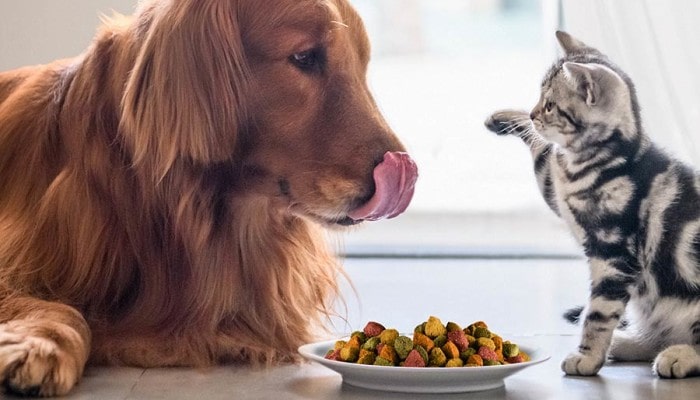
Why should I change my pet’s food?
You may need to change foods for several reasons during your pet’s life. First, when your dog or cat passes the age of one year, it will be considered an adult. This is usually when you will switch from kitten or puppy food. For adult food. Other reasons also exist, such as any health problem. Also, quite simply if you want to offer him a better quality of food.
Here is a list of popular brands: Royal canin – Science diet – Oven baked – Acana – Orijen – Hurraw
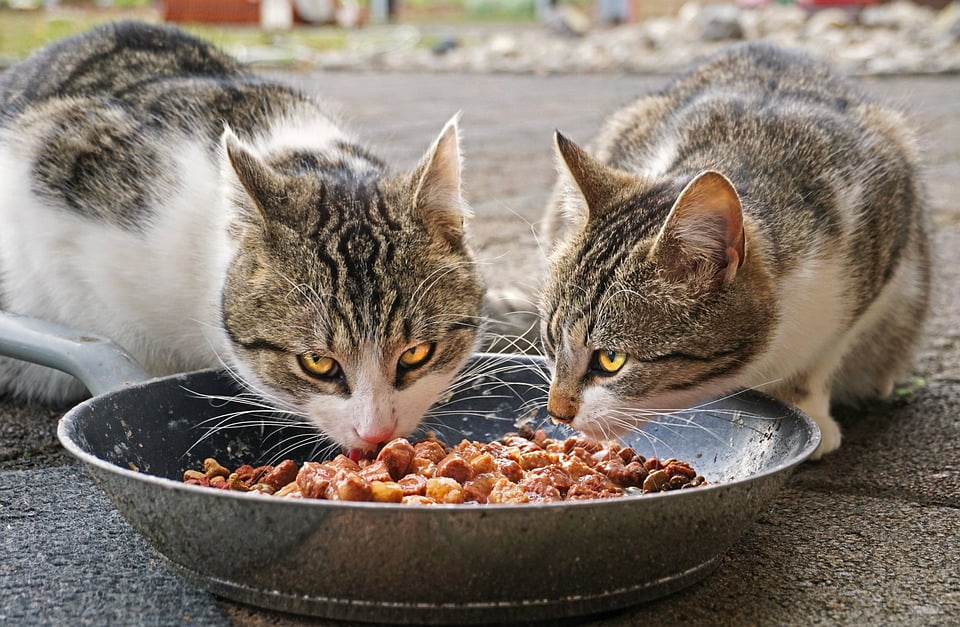
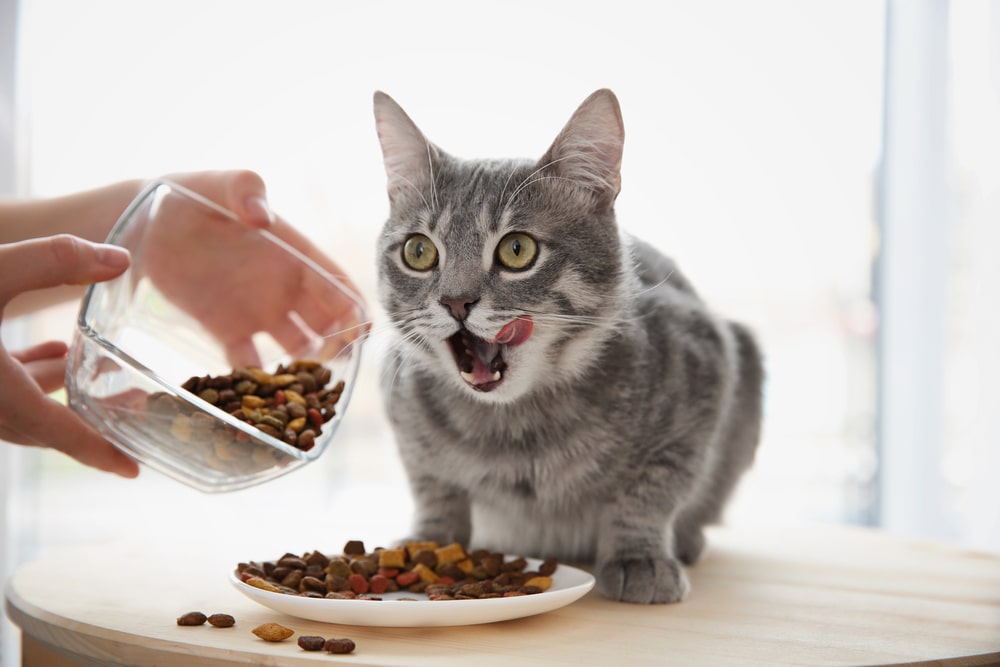
How to successfully transition to a new food?
To begin with, the transition period to a new food is done over a period of at least 7 days. Note that at the time of the transition you will still have on hand a quantity of his old food as well as his new food. The transition is easier than it looks.
Here are the 4 stages of food change
- During the first days (days 1-2), start by putting about ¼ of his portion of his new food and ¾ of the usual food.
- Then, on the following days (days 3-4), you can offer him half of the new and the other half of the old.
- Thereafter, the following 2 days (days 5-6), offer him ¾ of the new food and ¼ of his usual food.
- Finally, during the last day and beyond (days 7+), you can offer him his full portion of the new food.
Keep in mind that all dogs and cats are different. Some will adapt more easily than others to a new food. Your pet may need more than a week to transition to their new food. If this is the case, do not hesitate to slow down the pace and adapt to your animal.
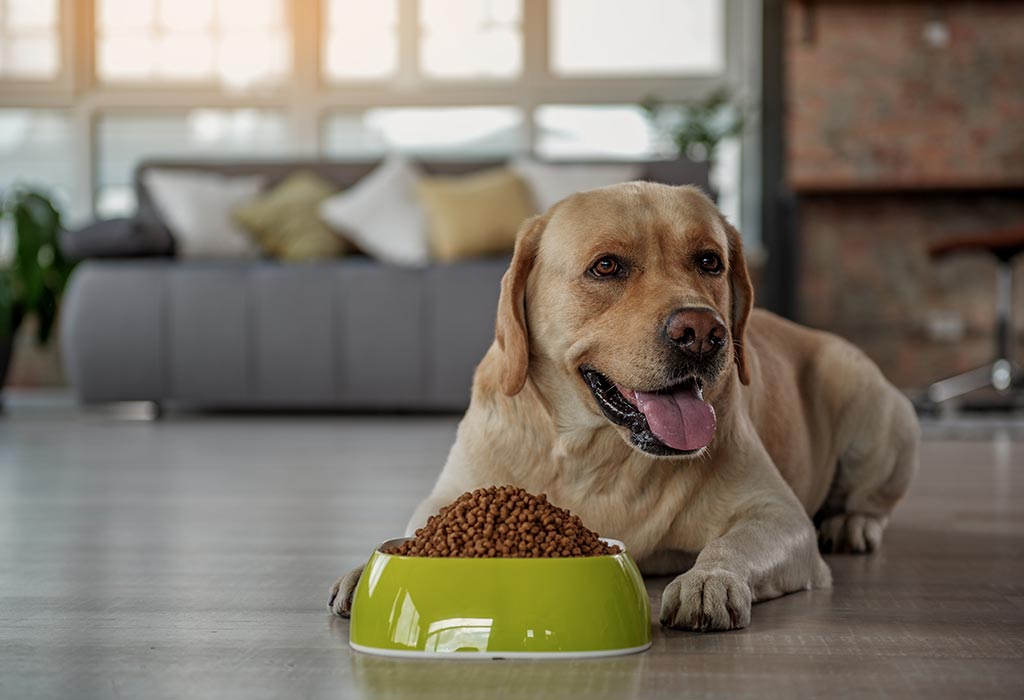
Why do I need to transition when changing food?
The stomach of dogs and cats is more sensitive than ours due to a very stable and regular diet. Namely, if your pet’s food is changed too quickly, it could experience digestive upset, such as diarrhea. The transition will allow his stomach to adjust to this new diet.
No matter what food you choose for your pet, take the time to research the different foods. It is important to provide the right nutrition for your dog or cat.
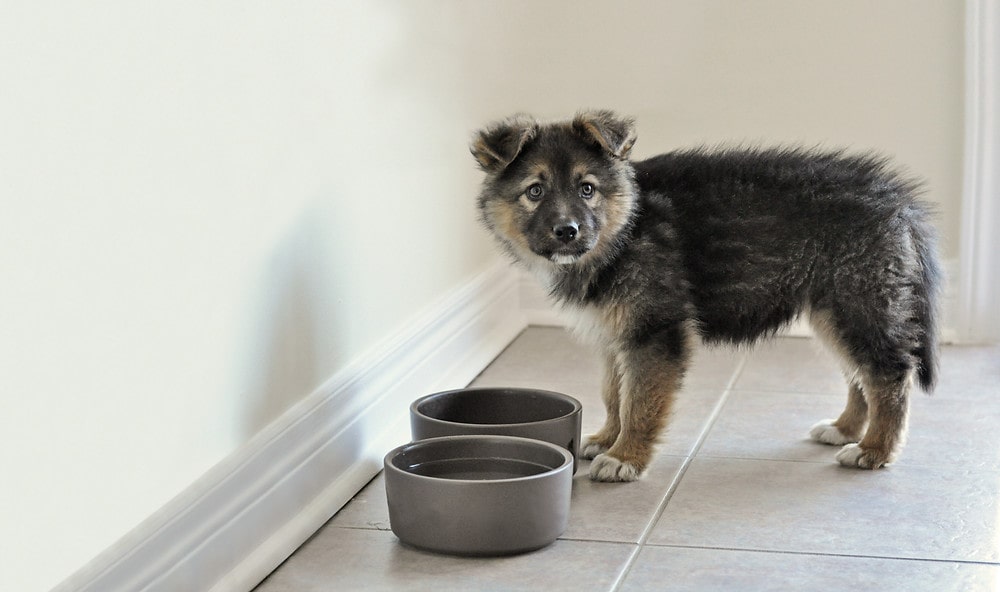
Types of food for a transition
On average, a food that contains fewer ingredients such as raw, dehydrated or freeze-dried food is often easier to change in the diet of dogs and cats. Often, cooked foods require a little longer to transition.



